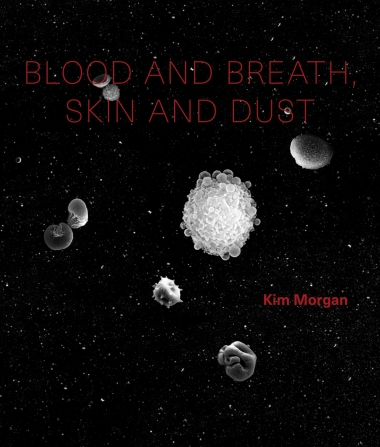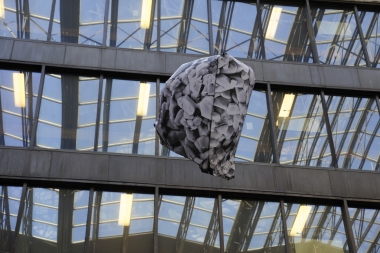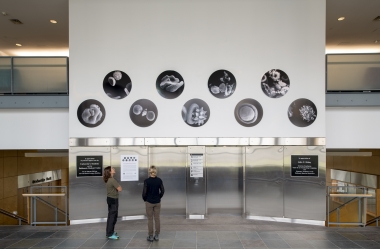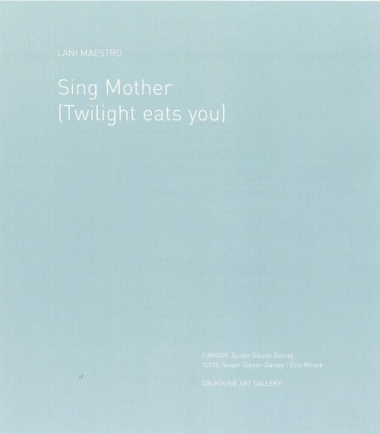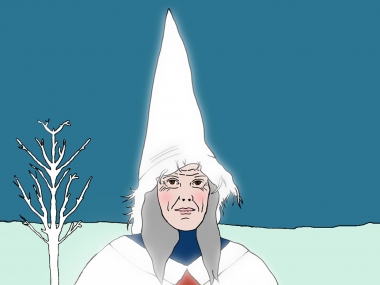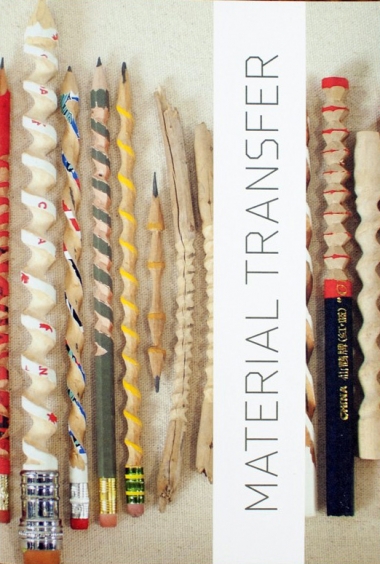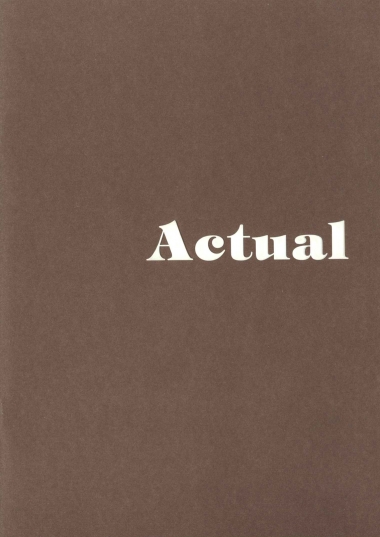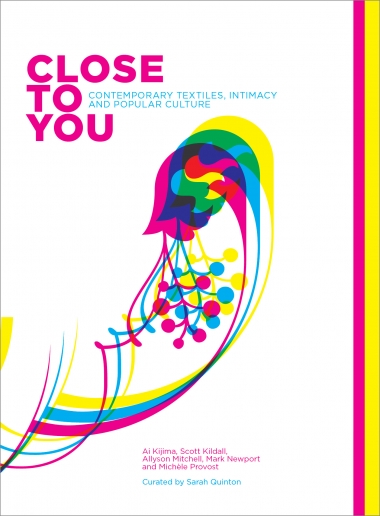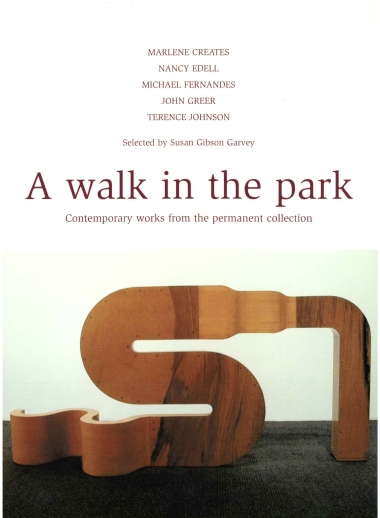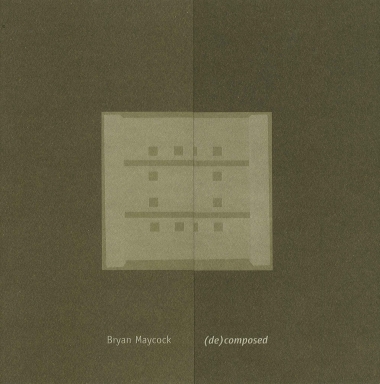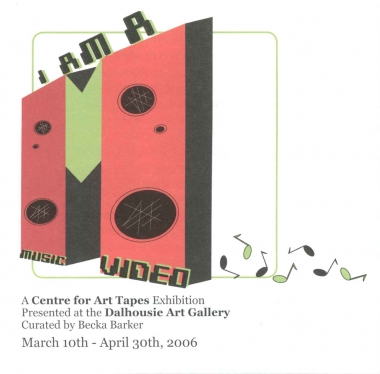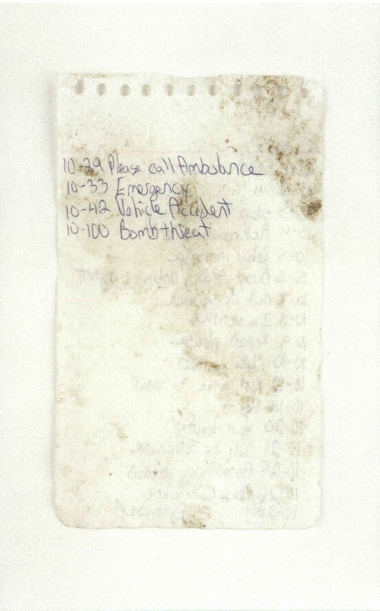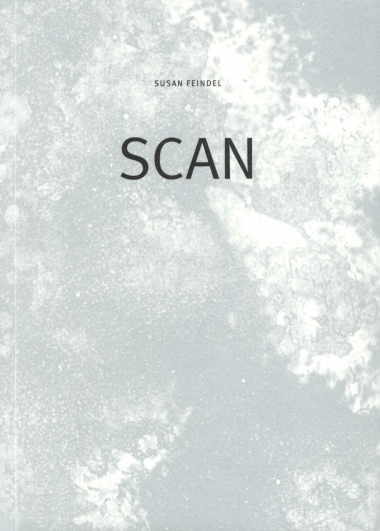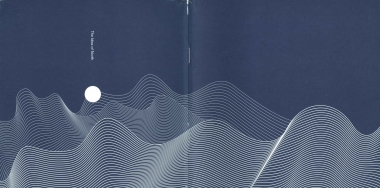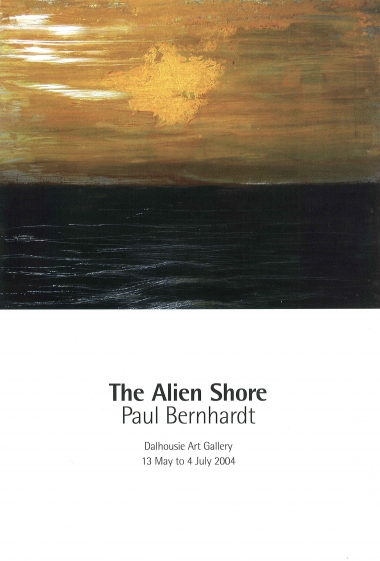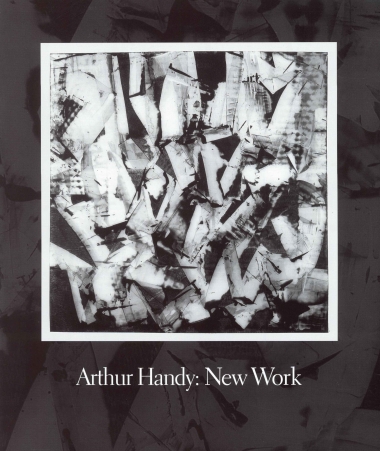For over 30 years, the Dalhousie Art Gallery has been publishing books and catalogues, documenting exhibitions and contributing to the critical discourse.
The exhibition Kim Morgan: Blood and Breath, Skin and Dust focused on eight years of Halifax-based interdisciplinary artist Kim Morgan’s research and artistic production employing electron microscopy. Immersive installations, sculptural objects, and sound and video works reflect the artist’s interest in using advanced technologies to explore materiality and the body. Informed by the experience of vibrant matter at the microscopic level these intriguing works offered encounters in human-scaled space and time, and an opportunity to bridge the gap between science, medicine, and art.
Dust Disruptors is an ongoing, open-ended performative project by interdisciplinary artist Kim Morgan. It involves a series of mobile inflatable objects constructed out of very light fabric printed with enlarged scanning electron microscope (SEM) images. The images are derived from dust and ash samples taken from human bodies and their immediate environment. In Dust Disruptors, Morgan continues her preoccupation with the body’s materiality, from its tiniest structures to its farthest-reaching entanglements in the stuff of the universe.
Blood Portraits was a two-part project by interdisciplinary artist Kim Morgan. The work featured nine circular images of human blood magnified up to 12,000 times through the use of scanning electron microscopy (SEM). Blood Portraits included a video involving the same nine images, that offers an increasingly layered experience of facts and fictions about blood and identity.
An annual report outlining the comings and goings of the Dalhousie Art Gallery from 2006 to 2007
For this exhibition, internationally-known artist Lani Maestro presented two new works, Mon Afrique and Sing Mother, as well as a reconstruction of her room-sized installation i want! i want! i want!. Curator Susan Gibson Garvey's lyrical essay walks readers through the exhibition and provides a thoughtful examination of Maestro's work. The catalogue also features an evocative text by award-winning Canadian poet Erin Mouré.
Writer Emily Jones's insightful essay explores the latest video work by Emily Vey Duke and Cooper Battersby. Jones points out in her essay that the video offers a moving yet relentless experience of contemporary life (human ans biological) in the face of moral, physical and environmental degradation.
In this catalogue, Curator Susan Gibson Garvey discusses works by participating artists Paul de Guzman (Vancouver), Kristiina Ladhe (Toronto), Laurie Ljobojevic (Beijing), Linh Ly (Calgary) Peter Schuyff (Amsterdam). Through material interventions and processes, these artists transform mundane objects from a recognizable mode into one less definable, resulting in objects that tend to sit between classifiable things.
An exhibition of work by emerging artists with Halifax art roots. In these works the artists privately and imaginatively pursue public, political, social and institutional realities. Bizarre video, tangible installations, photography and conceptual works occupy the gallery space (and possibly beyond). The word actual means"existing in fact or reality" or"occuring at the time," while the original french word (l'actualité) means"news." The work in Actual points to our world, while making it.
Guest curated by Sarah Quinton (Senior Curator at the Textile Museum of Canada), this exhibition examines the use of idioms and images from popular culture in the work of contemporary textile artists from Canada and the U.S. The exhibition has been organized to coincide with the international NeoCraft conference to be held in Halifax 23-25 November 2007.
Curator Susan Gibson Garvey explores how Halifax-based artist Bryan Maycock uses the framework of art history and the resources of popular fiction to create a series of mixed media works that stretch the notion of decomposition into unpredictable and amusing dimensions.
In her essay, curator Susan Gibson Garvey explores the work of Suzanne Gauthier, Art Green, Alex Livingston, Leslie Sasaki, Monica Tap and Mitchell Wiebe in relation to the many connotations of the word"fabulous."
Curator Becka Barker looks at the impact of music videos on media artists Skawennati Tricia Fragnito, Meesoo Lee and Benny Nemerofsky Ramsay and how they"both adapt and subvert" this genre in their work. Features artist bio statements about the videos by the artists.
Susan Gibson Garvey looks at the ongoing photography series by Halifax-based artist Robert Bean who, for the last decade, has collected and photographed small lost or forgotten objects.
In her catalogue essay, curator Susan Gibson Garvey examines Livingston's painting investigations and experiments, teasing out the many threads of his oeuvre in order to make sense of the parts and facets as a rich whole.
Curator Susan Gibson Garvey uses notions of the poetic to link the work of Michèle Drouin, Kitty Mykka, Christine Ross Hopper, Susan G. Scott, Nancy Stevens, Charlotte Wilson Hammond and Susan Wood.
Guest Curator Rhonda Corvese explores issues regarding the locality of sound and discusses the work featured in the Halifax version of this international sound exhibition. Includes an introduction by the three Halifax venues, comments by the Icelandic and Norwegian curators and biographical notes on the artists. The DVD contains sound and video excerpts as well as visuals from all of the participating Canadian, Icelandic, Norwegian and Swedish artists.
In his essay, Jeffrey Spalding, Director of the Art gallery of Nova Scotia, reconsiders the significance of work by artists who came"from away" to paint in the Maritimes and its contribution to the development of Canadian art. Includes colour representations of works by (to name a few) Marsden Heartley, Rockwell kent, Henry Rosenberg, Stanley Royle and Group of Seven members Lawren Harris, A.Y. Jackson, Arthur Lismer and J.E.H. MacDonald.
Susan Gibson Garvey describes mixed-media paintings by Halifax-based emerging artist Paul Bernhardt, touching on their relation to historic Canadian landscape painters.
Halifax-based photographer Robert Bean writes about Griffin's work in relation to the development of documentary style photography and vernacular vulture through essays by photographer Walker Evans and historian Geoffry Batchen.
Guest curator Ian McKinnon discusses Schofield's sculptural objects and installations over the past decade, using D.W. Winicott's"object relations" theory to illuminate Schofield's practice.


